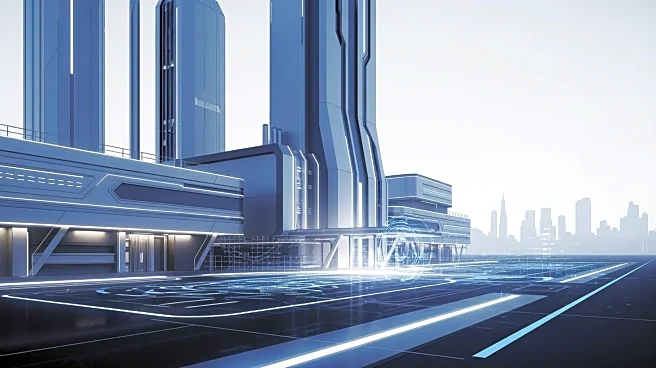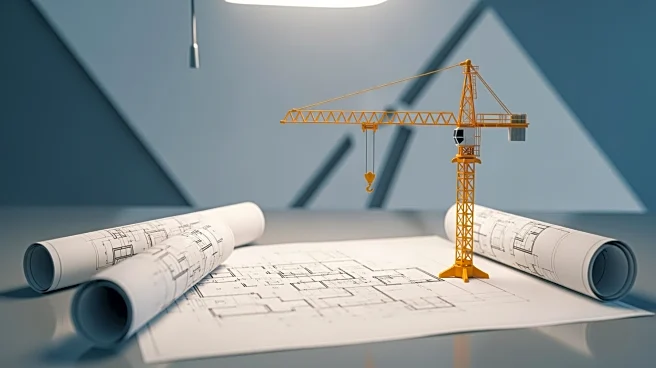What's Happening?
Building Design+Construction has released its 2025 Giants 400 Report, ranking the largest industrial facility sector architecture and architecture/engineering (AE) firms in the United States. Leading the list
are Stantec, Ware Malcomb, Gresham Smith, Haskell, Gray, Arcadis North America, CESO, Gensler, and Shive-Hattery. These firms have been recognized for their significant contributions to the industrial sector, showcasing their expertise in designing and engineering large-scale facilities. The report highlights the growing demand for innovative and sustainable architectural solutions in the industrial sector, reflecting the industry's evolution towards more efficient and environmentally friendly practices.
Why It's Important?
The ranking of these architecture firms underscores the importance of industrial sector development in the U.S. economy. As industries continue to expand, the need for advanced and sustainable infrastructure becomes crucial. These firms are at the forefront of providing solutions that meet the demands of modern industrial operations, including energy efficiency and environmental sustainability. Their work not only supports economic growth but also aligns with broader sustainability goals, potentially influencing public policy and industry standards. The recognition of these firms highlights their role in shaping the future of industrial architecture, which is vital for maintaining competitiveness in the global market.
What's Next?
The continued focus on sustainability and innovation in industrial architecture suggests that these firms will play a pivotal role in future developments. As industries adapt to new technologies and environmental regulations, architecture firms will need to integrate cutting-edge solutions into their designs. This may involve increased collaboration with technology providers and environmental experts to create facilities that are both functional and sustainable. Stakeholders, including government agencies and industry leaders, are likely to monitor these developments closely, potentially leading to new partnerships and investment opportunities in the sector.
Beyond the Headlines
The emphasis on sustainable architecture in the industrial sector may lead to broader cultural shifts towards eco-friendly practices. As these firms set new standards, there could be increased pressure on other sectors to adopt similar approaches, promoting a more sustainable economy overall. Additionally, the focus on innovation may drive advancements in construction technology, influencing how buildings are designed and built across various industries.











